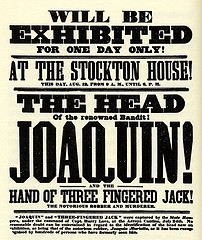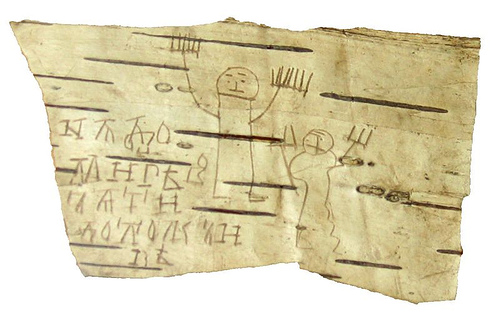
Account of strange electrical activity during a blizzard at Bar Harbor, Maine, from the Ellsworth Herald, March 4, 1853:
Mrs. E. Holden was near a window, winding up a clock; a ball of fire came in through the window and struck her hand, which benumbed her hand and arm. She then, with all in the house, retreated into the entry. Another flash succeeded, and, in the room from which they had retired, resembled [sic] a volume of fire, whirling around and producing a cracking noise. A similar appearance of fire was seen, and cracking noises were heard in a large number of houses. Some who heard the noise say it sounded like breaking glass.
Capt. Maurice Rich had his light extinguished, and his wife was injured. He got his wife onto a bed and found a match; at that instant another flash came and ignited the match and threw him several feet backwards. John L. Martin received such a shock that he could not speak for a long time.
A great many people were slightly injured. Some were struck in the feet, some in the eye while others were electrized [sic], some powerfully and some slightly. But what was very singular, not a person was killed or seriously injured, not a building damaged; but a cluster of trees within a few rods of two dwelling houses was not thus fortunate. The electric fluid came down among them, taking them out by the roots, with stones and earth, and throwing all in every direction. Some were left hanging by their roots from the tops of adjacent standing trees — roots up, tops down.
The New York Times later quoted a witness: “I don’t believe there ever was a worse frightened lot of people in the world than the inhabitants of Bar Harbor were that night. That purple ball [of] lightning flashed about and obtruded itself everywhere. There was scarsely [sic] a house that was not visited by it.”





